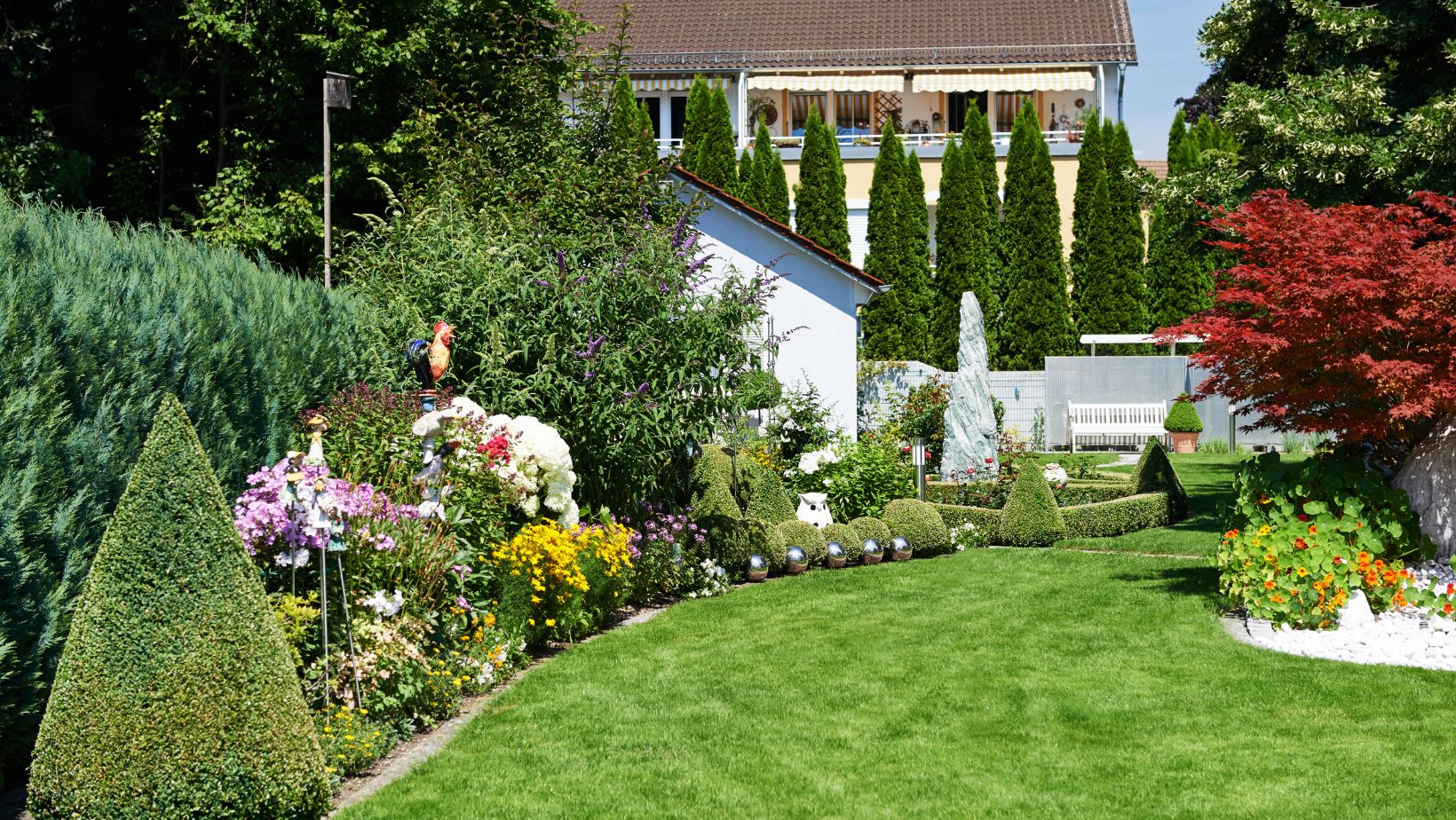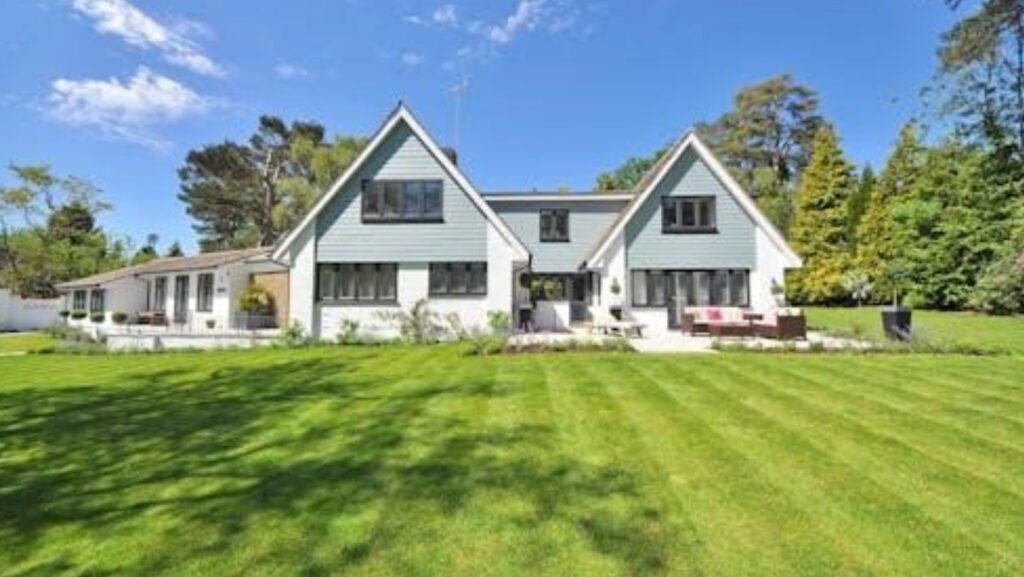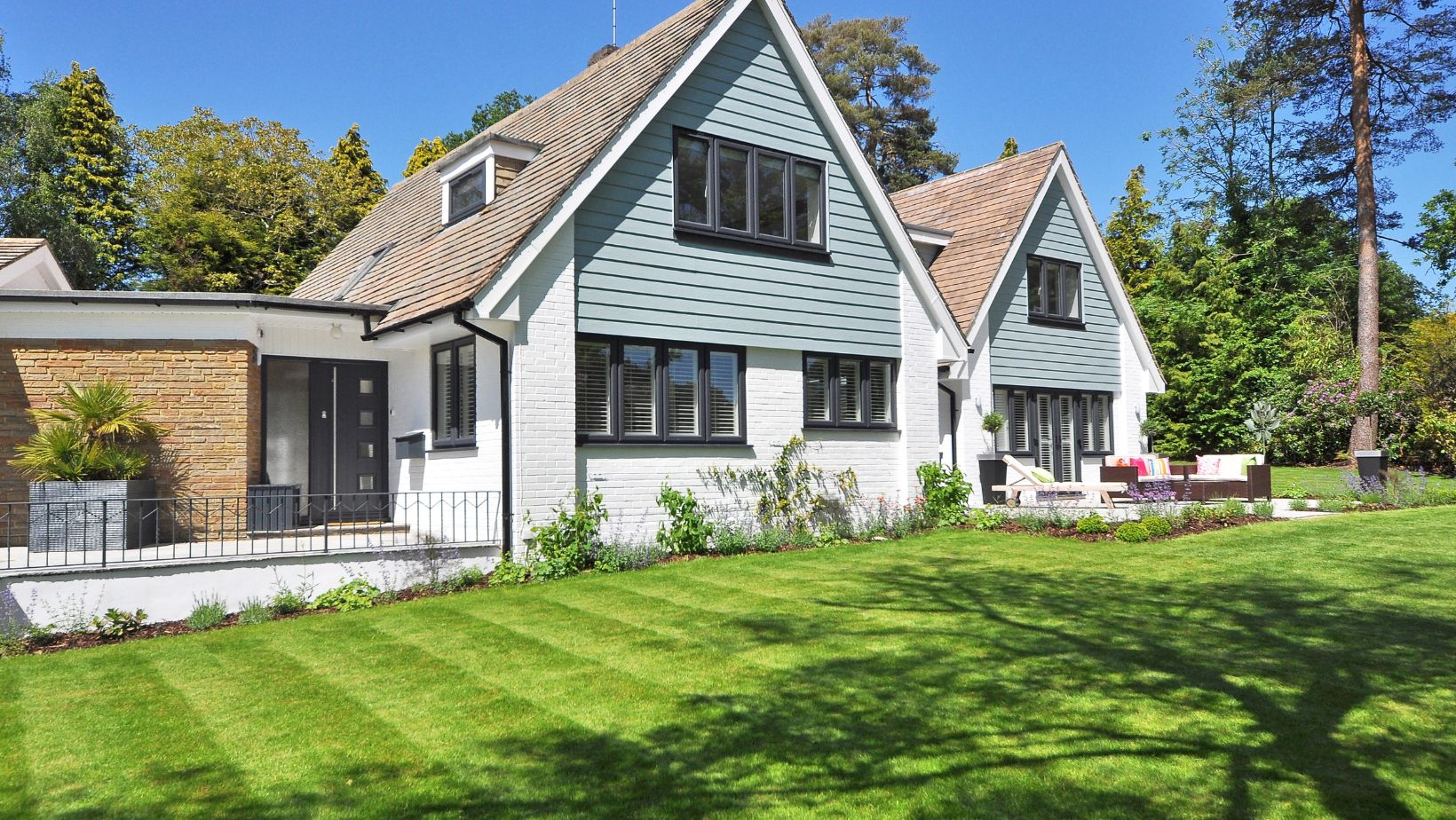The home garden is just adding some green to your outdoor space, right? Wrong. Your garden is the facial expression of your home. The garden is what gives your home character. Your garden should seamlessly complement all of the architectural features. It’s an extension of your living area and therefore you. It’s not just a green space but something that should be functional and beautiful.
Your Garden Needs to Match Your Home
You could plant a few flowers here and there but that’s not a garden. Gardens should be creative and practical. The architecture of your home is going to directly influence what kind of garden should be outside. Modern homes often pair best with more minimalist landscaping.
Think symmetrical rows of ornamental grasses or something geometric. Your older homes often suit cottage style gardens better. Something brimming with wildflowers and more of those wild natural textures.
Your garden should take some thought. Just throwing some plants out there could mean that your garden will clash with the nature of your home. A sleek, contemporary house does not fit with an overgrown and untamed garden.
That causes a disconnect. A disconnect between your garden and your property can diminish its overall value. Not to mention its curb appeal. A successful garden means a solid design plan ahead of time.
Pitfalls of Garden Design
You also don’t want to rush into your garden design. Take a moment to really think about it and make a clear blueprint. Without a clear vision, you are more likely to have a mod podge of mismatched plant life and hardscapes.
Homeowners and gardeners frequently choose the wrong plants and materials. This is often because they didn’t consider the big picture.
The result? A disjointed garden that fails to complement anything. Hiring a landscaper can be daunting as well. You need to make sure you come up with a good landscaping contract so that you get what you want.
This is all part of the planning process. Failing to plan out your garden can create a space that’s overcrowded or doesn’t have enough. Do you want there to be flow and harmony between your indoor living space and your outdoor living space? It’s all about balance.
Tell a Story
Every garden tells a story. What’s yours going to be? As you walk from your home out into your patio space and then out into the yard, your story should start to unfold as you move. A curved pathway lined with lavender tells a story about inner peace and serenity. Filling your garden with bold colors and sculptures gives a sense of creativity.
That’s why designing your garden requires great attention to detail. You need to consider scale, texture, and balance altogether in the big picture. Your plants and materials should reinforce the architectural style of the house and make a statement.
Your Garden is an Investment of Time and Money
The numbers are simple. A well-planned and maintained garden can boost your property value by up to 20%. If you’re going to be selling in the future, potential buyers will often view a garden as an outdoor room. It’s an additional living space. You could have a shaded patio for perfect entertaining or a simple lawn for children to play on. These well-planned gardens become a selling point.

Achieving this level of appeal isn’t an accident. This is a goal that requires careful planning and expert execution. That’s why using a professional designer or landscaper is often worth the investment. They have expertise that you might not have. It’s worth it to make sure that your garden reflects your vision and avoids costly mistakes.
Long Term Benefits
Well-planned gardens are as practical as they are appealing. Incorporating native plants can reduce water usage and maintenance.
Strategic planting can give you natural cooling. This means your energy costs could be lowered during the summer months. Planning your garden with a long-term intent means it will evolve. Perennials will fill out, trees will mature, and your home will gain charm as it ages.
A well planned garden means that you know your home and know how the space is going to evolve. It’s easy to see a solid structure as being a completely different entity from your outside space.
Your garden should be a reflection of your home’s architecture, your lifestyle, and your long term goals. It’s not a separate entity and with thoughtful design you could create a garden space that’s an integral part of your home’s charm and functionality.



More Stories
Why Hygienic Wall Cladding Is Taking Over UK Home Kitchens
Remodel Smart: How Precious Metal Markets Drive the Cost
All About Color Drenching: How To Incorporate This Cheerful Design Trend Into Your Interiors